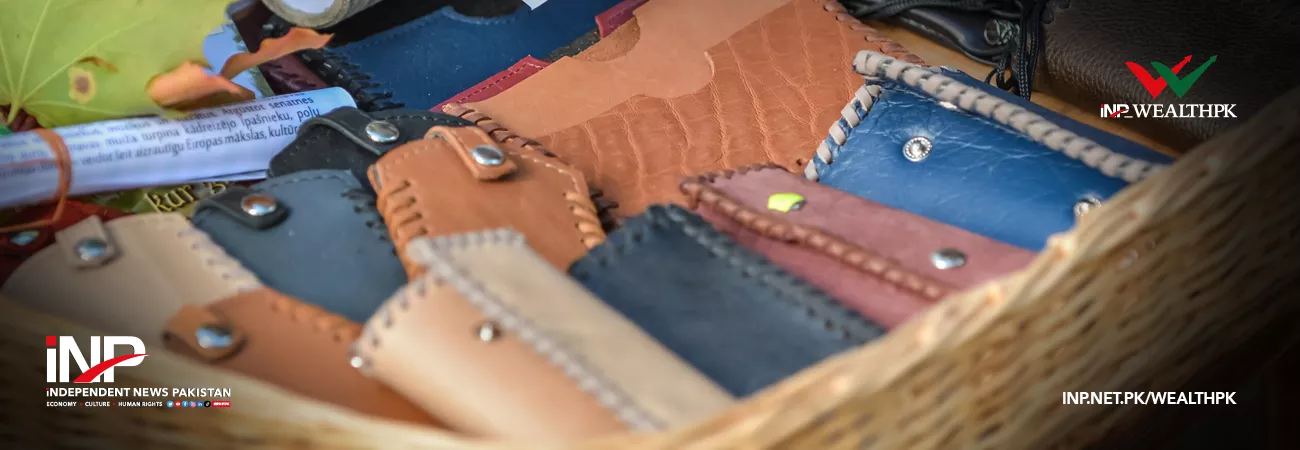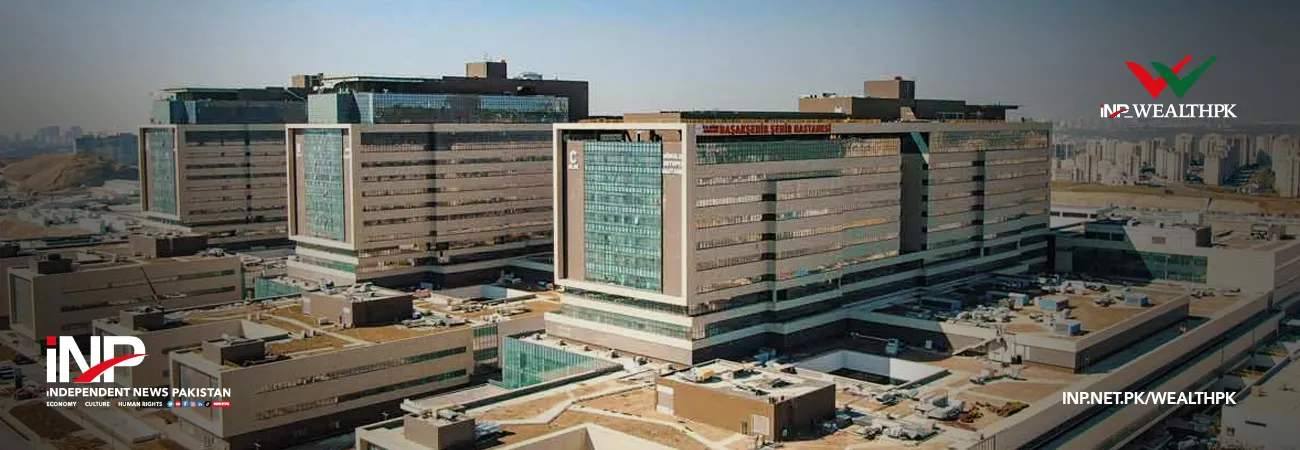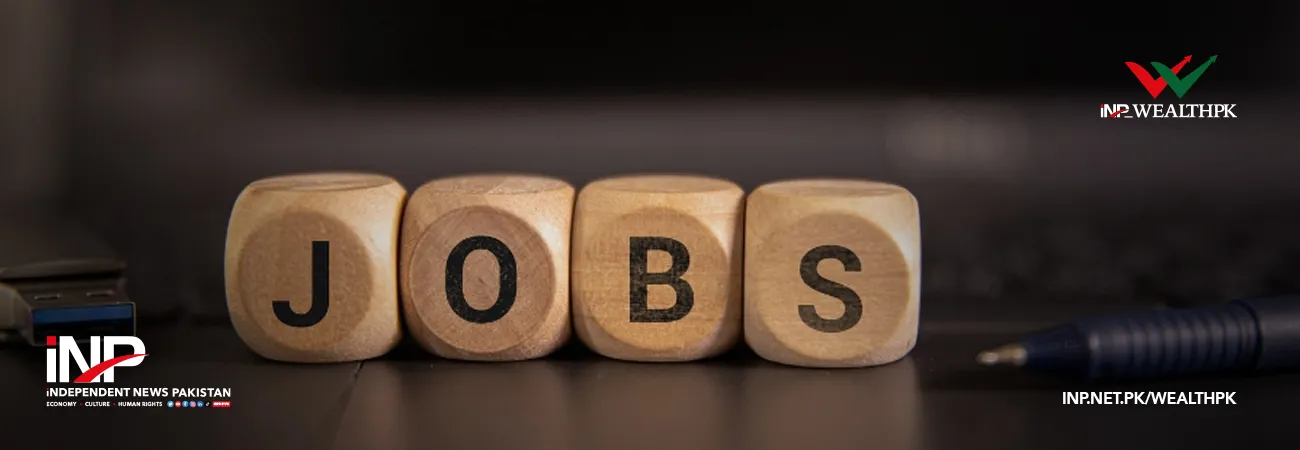INP-WealthPk
Arsalan Ali
Pakistan’s leather industry is largely export-oriented, but it has been facing challenges such as rising raw material costs, shortage of gas, and lack of government support. This was stated by Muhammad Iqbal, Secretary General of Pakistan Leather Garments Manufacturers and Exporters Association.
Talking to WealthPK about the challenges faced by the leather garment industry and the steps to address them, he said despite having significant growth potential, the industry had struggled due to a lack of government support and the burden of high customs duties and tariffs on imported raw materials.
He added that the shortage of gas had only added to these challenges, resulting in the closure of tanning units and job losses for thousands of workers. To address these issues, Iqbal suggested the government formulate specific policies for the leather sector, as was done for the textile industry, to boost exports.
According to him, reducing customs duties and tariffs on raw materials, as well as providing concessions to industrialists on the consumption of electricity and gas were necessary. He added that encouraging foreign investment in the industry could also help increase exports of leather garments.
Moreover, Iqbal stressed the importance of training labourers in the latest technologies, such as 3D and digital fabrication, to improve the industry’s competitiveness. He believes that these steps, along with government support and policy changes, could significantly benefit Pakistan’s leather garment industry.
According to a report published by the Pakistan Credit Rating Agency Limited, the leather industry is classified as a zero-rated export sector in Pakistan, allowing it to benefit from subsidised gas tariffs and regionally competitive energy tariffs (RCET).
However, in March 2023, the government terminated RCET of Rs19.99/kWh, announced in October 2022, while the RLNG tariff increased from $6.50/MMBTU to $9/MMBTU. These developments are likely to adversely impact the sector’s profitability and increase the prices of finished products.
In addition, the report said Pakistan’s leather industry faced gas shortage during the winter months of FY23, leading manufacturers to seek alternative fuel sources. As a result, the increased reliance on alternative fuels led to a rise in input costs for the industry. The report stated that as of end-January 2023, the total outstanding debt of the sector was recorded at Rs53,274 million, marking a year-on-year increase of around 14% from Rs46,841 million in end-January 2022.
It added that the majority of the debt was in the form of short-term financing, accounting for approximately 38% of the total debt, reflecting the export-oriented nature of the industry. Meanwhile, export financing, which is separated from short-term borrowing, constitutes the second-largest proportion of debt, accounting for around 32% as of end-January 2023, down from around 34% at the same time in 2022.
At the end of January 2023, long-term financing accounted for approximately 25% of the total borrowing in the leather industry in Pakistan, marking an increase from around 22% at the same time in the previous year. According to Pakistan Tanners Association (PTA), the leather industry is primarily export-oriented, which accounts for approximately 95% of its output.
Based on data released by the Pakistan Bureau of Statistics, the country’s leather manufacturing sector recorded exports of $401.605 million from July to February of the current fiscal year. This represents a decline of 4.92% from the $422.377 million in exports recorded during the same period in the previous year.
The production of leather primarily relies on raw hides and skins as its raw materials. However, prices for these materials have been on an upward trend since FY20, with an increase from Rs876 per kilogramme in FY21 to Rs1,395 per kg in FY22. The global leather industry, encompassing tanned leather, leather garments, gloves, bags and belts, and footwear, experienced a YoY growth of approximately 20% and reached a value of $441 billion in CY22, up from Rs370 billion in CY21.
Credit: Independent News Pakistan-WealthPk













